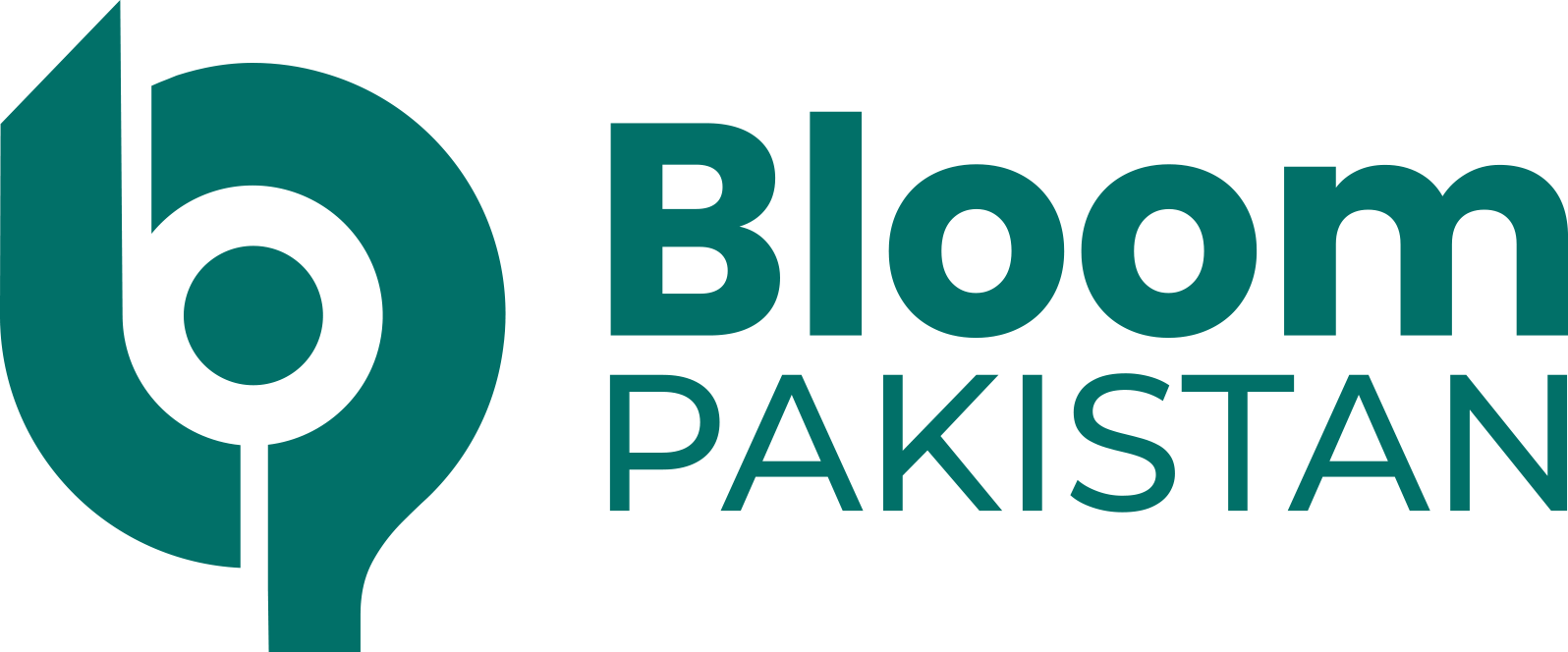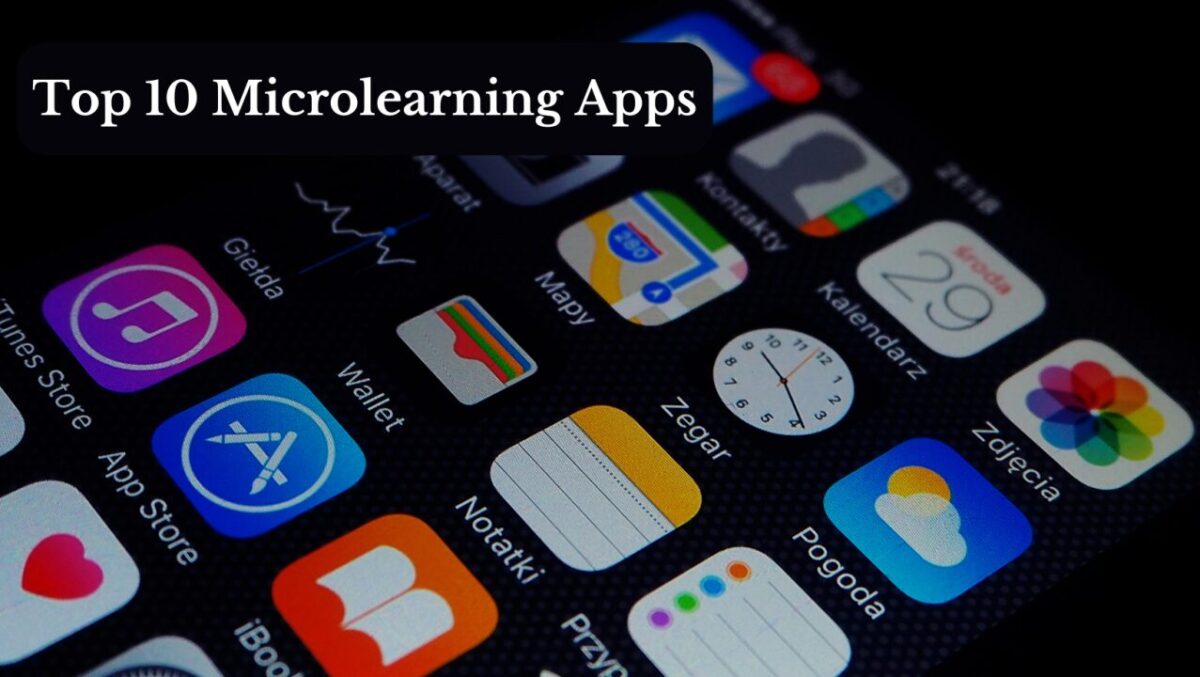Islamabad, Sep 26: Microlearning apps are revolutionizing the way we acquire new skills by delivering focused, bite-sized lessons that can fit into anyone’s busy schedule. Below, we explore how these apps enhance learning efficiency, the key benefits they offer, and some features to look for when choosing the best platform for your needs.
Key Takeaways:
- Microlearning apps deliver short, focused lessons that improve engagement and retention.
- The flexibility of these apps makes them ideal for both personal and professional growth.
- When selecting a microlearning app, prioritize features like user-friendly interfaces, gamification, real-time feedback, and personalized learning paths.
Understanding Microlearning Apps
Microlearning apps provide compact lessons designed for quick and efficient learning. Typically lasting between 3 to 10 minutes, these lessons break down complex topics into smaller, digestible units. This approach allows users to learn at their own pace and integrate lessons seamlessly into their daily routine.
These apps use varied formats such as text, video, audio, and interactive elements to cater to different learning preferences. Their mobile-friendly nature also means learners can access content anytime, anywhere—making microlearning particularly effective in today’s fast-paced world where traditional long-form learning can be hard to accommodate.
Benefits of Microlearning
- Improved Retention: Microlearning is highly effective for boosting knowledge retention. Studies suggest that breaking down information into smaller chunks can improve retention by up to 50%. The use of techniques like spaced repetition further solidifies long-term learning.
- Flexibility: Microlearning offers unmatched convenience. Learners can engage with content at their own pace, anytime and on any device, allowing them to fit learning into their schedule.
- Cost-Effectiveness: Microlearning tends to be more affordable than traditional training programs, reducing the resources required for comprehensive lessons while increasing the impact.
- Bridging Skills Gaps: By offering quick, targeted lessons, microlearning helps learners fill specific knowledge gaps rapidly, making it a valuable tool for professional development and increasing workplace productivity.
Scientific Principles Behind Microlearning
Microlearning is effective because it taps into several cognitive science principles:
- Spacing Effect: This technique improves retention by spreading learning sessions over time rather than cramming all at once.
- Cognitive Load Theory: By dividing content into smaller segments, microlearning helps prevent cognitive overload, allowing learners to absorb information more efficiently.
Additionally, integrating interactive elements like quizzes or videos fosters active learning, which improves both comprehension and recall. These features, combined with techniques like spaced repetition, make microlearning an efficient, scientifically backed educational strategy.
Features to Look for in Microlearning Apps
When selecting a microlearning app, consider these important features:
- User-friendly Interface: Ensures easy navigation for smooth learning experiences.
- Gamification: Adds fun and motivates learners by incorporating game-like elements such as rewards and progress tracking.
- Real-time Feedback: Offers immediate insights to help learners adjust and improve their understanding.
- Personalized Learning Paths: Customizes lessons to suit individual learner needs, ensuring a more targeted and effective learning process









